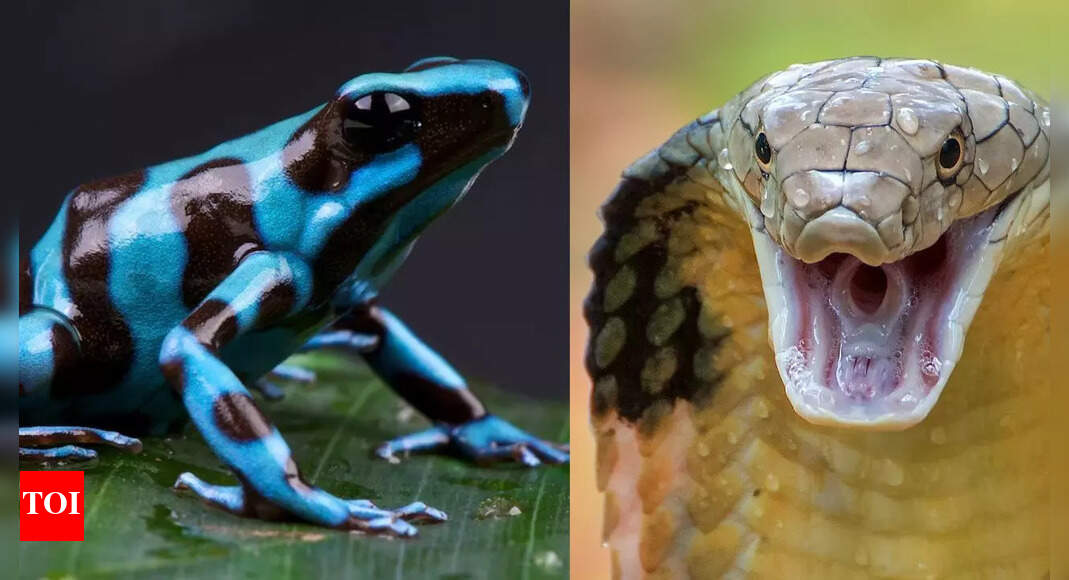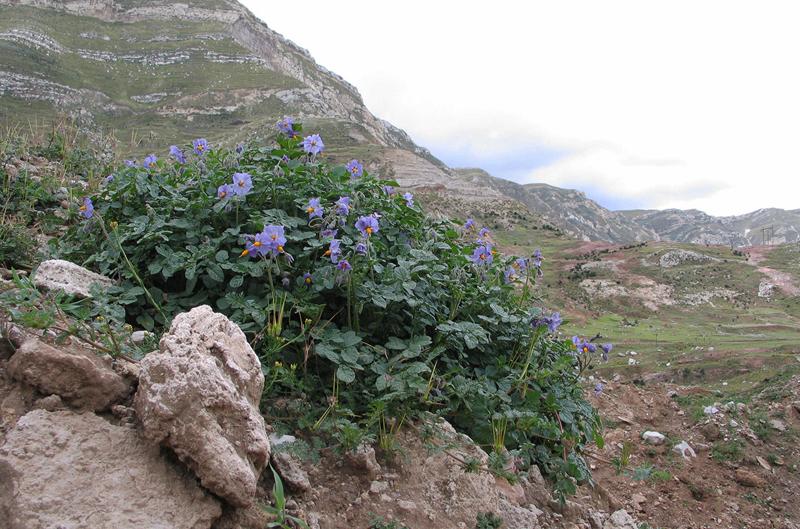Now Reading: King Cobra vs Poison Dart Frog: A Clash of Venom and Survival Instincts
-
01
King Cobra vs Poison Dart Frog: A Clash of Venom and Survival Instincts
King Cobra vs Poison Dart Frog: A Clash of Venom and Survival Instincts

Swift Summary
- The article compares two deadly animals: King Cobra adn Poison Dart Frog, focusing on their venom, physical traits, defense mechanisms, and behavioral differences.
- King Cobra:
– Size: Longest venomous snake (9.8 to 13.1 feet).
– Speed: Up to 12.5 mph; agile and fast with precise strikes.
– venom Delivery: Active bite capable of killing large animals like elephants or up to 20 humans due to a potent neurotoxin.
– Defense Mechanism & Behaviour: Uses venom actively for hunting; relatively clever among snakes with good stamina.
- Poison Dart Frog:
– Size & Speed: Small, only a few inches long; slow-moving but deadly toxins excreted through skin as passive defense.
– Venom Potency: Skin contains enough toxin to kill about ten grown men.
– Defense Mechanism & behavior: Relies on chemical defenses and camouflage rather than active offense or endurance.
Key outcome speculated in the article suggests that while the King Cobra holds an advantage in size,speed,and offensive capabilities through its venomous bite,it might very well be harmed significantly if it ingests or absorbs the Poison Dart Frog’s toxins during an encounter.
Indian Opinion analysis
The comparison offers insights into how diverse survival strategies are adapted by species across varied environments in nature-a balance between offense versus passive defense mechanisms rooted in unique biological composition. The King Cobra’s ability to strategically deliver powerful neurotoxins amplifies its predatory dominance and places it at a clear advantage over slower defensive species like the Poison Dart Frog when considering direct confrontation scenarios.
For India-home to both rich biodiversity and dangerous reptiles such as cobras-this exploration underscores broader ecological themes relevant not just locally but globally regarding predator-prey dynamics and environmental preservation requirements for such unique species systems. This knowledge also hints at deeper scientific value tied to understanding natural toxins that play roles beyond simple survival strategies-they can aid research areas including medicine or pest control applications when studied systematically under controlled ecosystems.



























